Explore the History of Seiyo Uwacho at the Uwa Sentetsu Memorial House

Located in the streets of Unomachi, the Uwa Sentetsu Memorial Museum is a facility that introduces the people who built the foundations of Uwacho, Seiyo City. Every year, it hosts special exhibitions on traditional Japanese events such as "Girl's Festival" and "Tango no Sekku," attracting many visitors. We will introduce the charms of the main building while also introducing the great people.
-
Table of Contents
- What is the Uwa Sentetsu Memorial Museum?
- Three people you should definitely remember
- How to enjoy seasonal exhibits: Hinamatsuri and Tango no Sekku exhibitions
- October 22nd is the Autumn Festival in Unomachi
- Use the rental space
- summary
- [Extra] Kimono rental available at Bunka no Sato Rest Area
- [Extra Character Edition] For those who want to know more
What is the Uwa Sentetsu Memorial Museum?
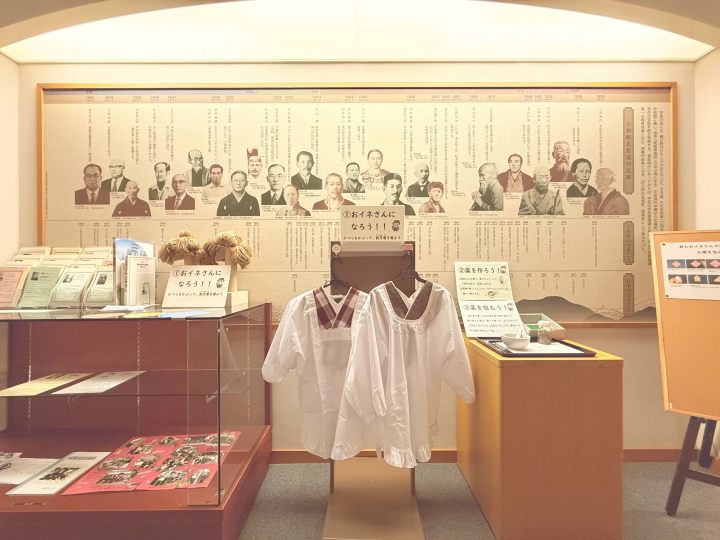
"Priests" is a word that refers to great men and wise men related to history. The permanent exhibition room introduces people who have made great contributions to Uwa Town. You can also enjoy seasonal exhibits of traditional Japanese events such as Hinamatsuri and Boys' Festival, as well as exhibits of paintings and calligraphy. Rental space is also available.
Three people you should definitely remember
The streets of Unomachi, a nationally designated Important Preservation District for Groups of Traditional Buildings, are known as a "town of history and culture," and are also "flexible in accepting new things." The origin of this is Ninomiya Keisaku, who was a practicing physician in the town during the late Edo period. It was around this time that the townspeople's high awareness of education was cultivated.
Keisaku Ninomiya (1804-1862) Doctor, botanist
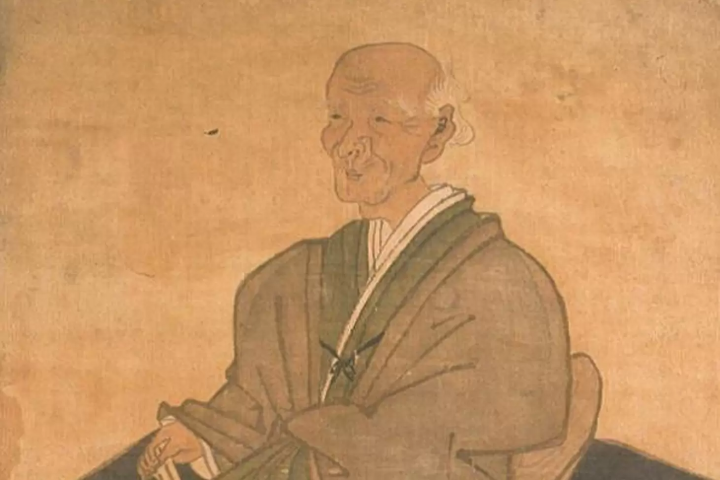
Keisaku Ninomiya, a student of Siebold, worked as a Dutch physician (doctor who could perform surgery) in Unomachi for 22 years. He encouraged Ine Kusumoto to become an obstetrician and taught her the basics of medicine. He is also known for opening a medicinal herb garden at Dainenji Temple (now Kokyoji Temple in Uwamachi, Seiyo City). There is also an anecdote that he measured the height of Mt. Fuji with surveying equipment, with an error of only 18.5 meters.
Ine Kusumoto (1827-1903) Doctor
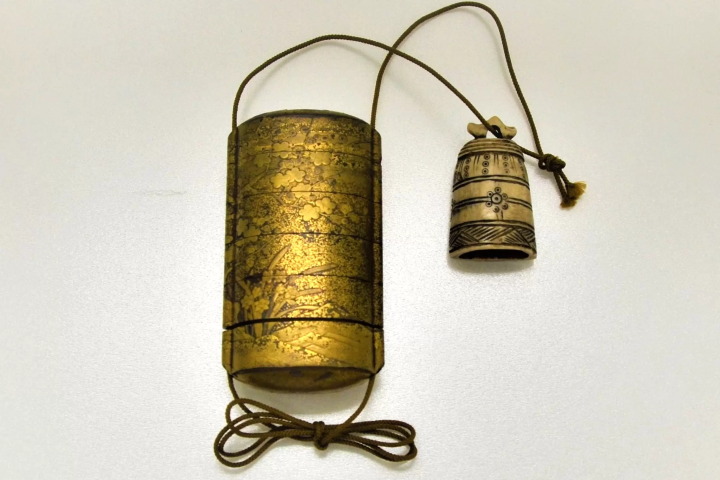
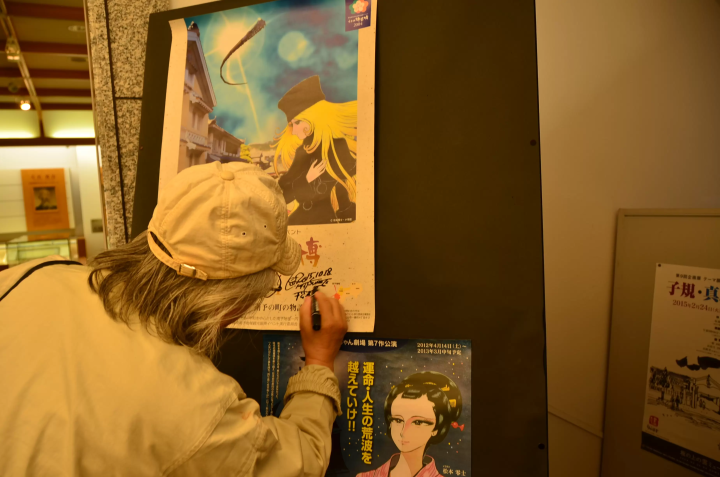
At the age of 18, Siebold's daughter, Ine Kusumoto, learned the basics of medicine from Keisaku Ninomiya, who was a practicing physician in Unomachi. She later became the first Japanese woman to practice surgery and was active as a physician. At the recommendation of Yukichi Fukuzawa, she even attended the birth of a female court attendant of Emperor Meiji.
Banzaburo Shimizu (1869-1943) Politician
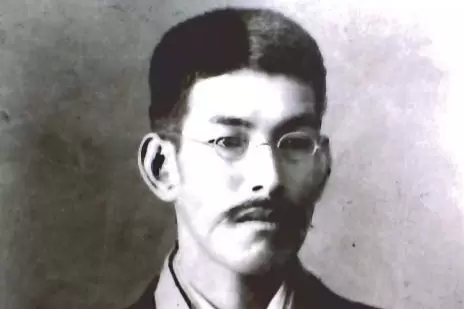
Banzaburo Shimizu met Jo Niijima, the founder of Doshisha English School, and later opened a Christian Sunday School in Nakamachi with his close friend Ruitaro Suemitsu. He also put his efforts into sericulture, and became president of Toyo Sanseed Co., Ltd. and mayor of Uwamachi in 1915 (Taisho 4). He was involved in the construction of a new school building for Uwamachi Elementary School.
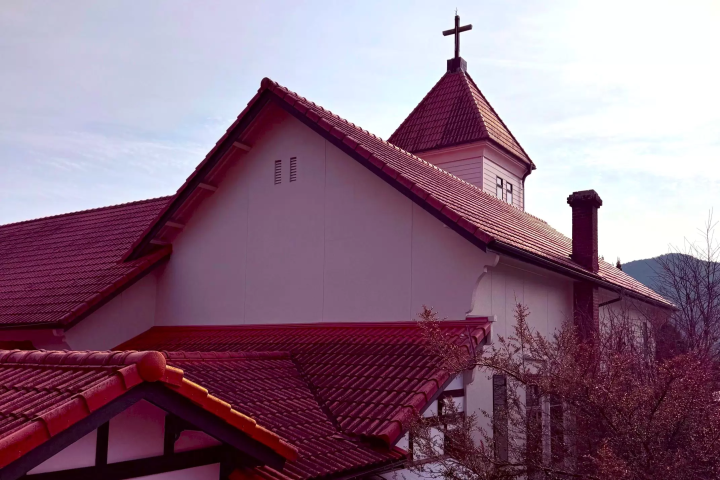
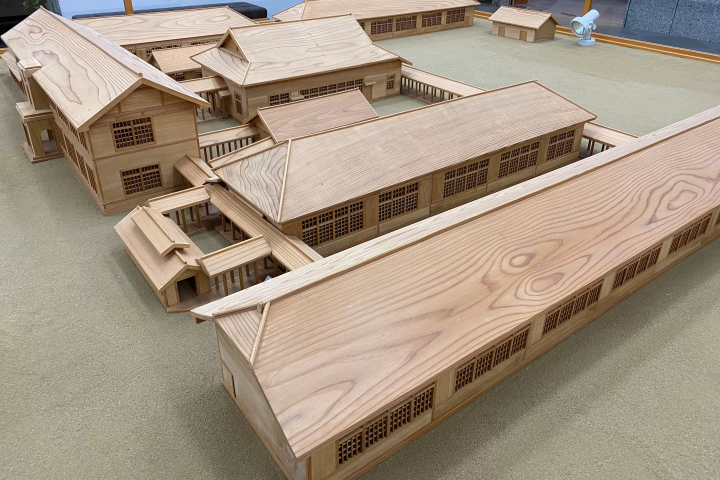
How to enjoy seasonal exhibits: Hinamatsuri and Tango no Sekku exhibitions
Hinamatsuri Exhibition
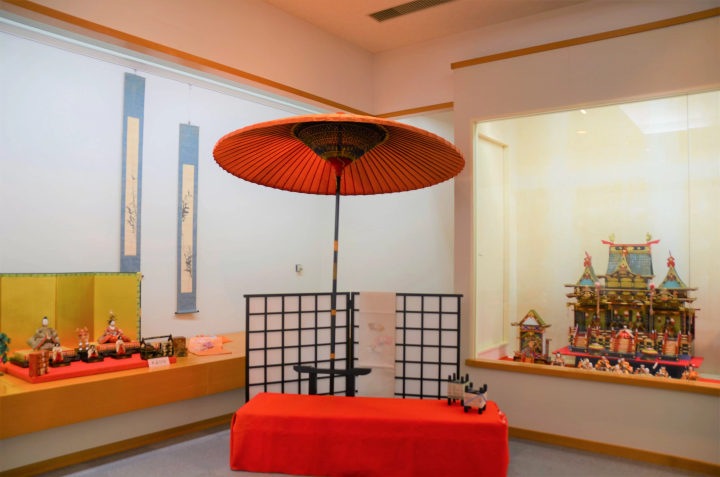
Hinamatsuri is a traditional Japanese event, a day to celebrate and pray for the happiness and healthy growth of girls. As March 3rd of the lunar calendar falls in the season when peach blossoms bloom, it is also called "Peach Festival." Our museum exhibits Hina dolls from the Taisho period, palace decorations that were popular until the 1950s, and dolls with motifs from old tales and Kabuki. It is usually held from February 3rd to April 3rd.
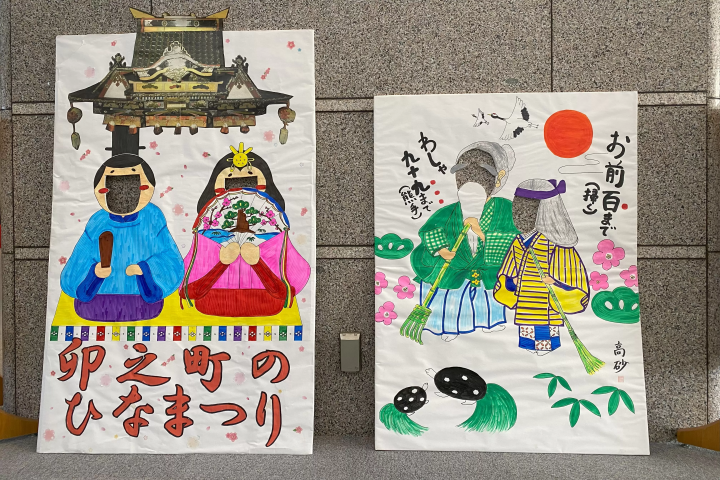
Boys' Festival Exhibition
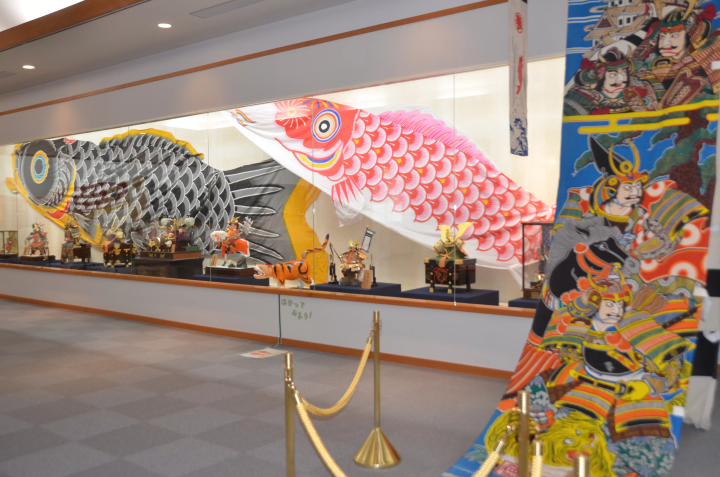
The Boys' Festival is an event held on May 5th to celebrate the growth of boys. It is an old event that has been held since the Nara period, but since the mid-Edo period it has spread among the common people. It is also called the Iris Festival, and celebrations are held using irises to ward off evil spirits. Our museum exhibits brave warrior dolls, flags, and giant carp streamers over 8 meters tall. It is usually held from mid-April to May 31st.
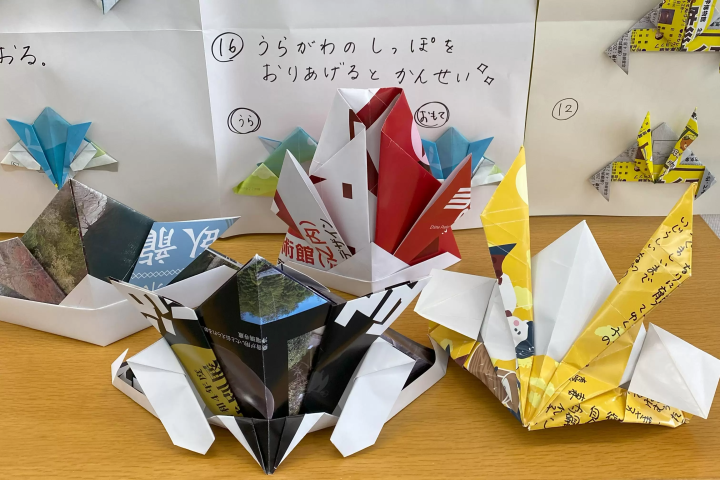
October 22nd is the Autumn Festival in Unomachi
At the autumn festival of Mishima Shrine in Uwa-machi, ushi-oni, four-drum, portable shrine, five deer, and hotakabu are paraded around. The "oneri" procession leaves the shrine, passes through the streets of Unomachi, and heads to "Mito Park (Seiyo City Uwa-machi Children's Park)". You can take photos that look like they came out of a period picture scroll from our museum. Another highlight is the spectacular encounter between the ushi-oni and four-drum in front of JR Unomachi Station.
Use the rental space
Relax in a Japanese-style room
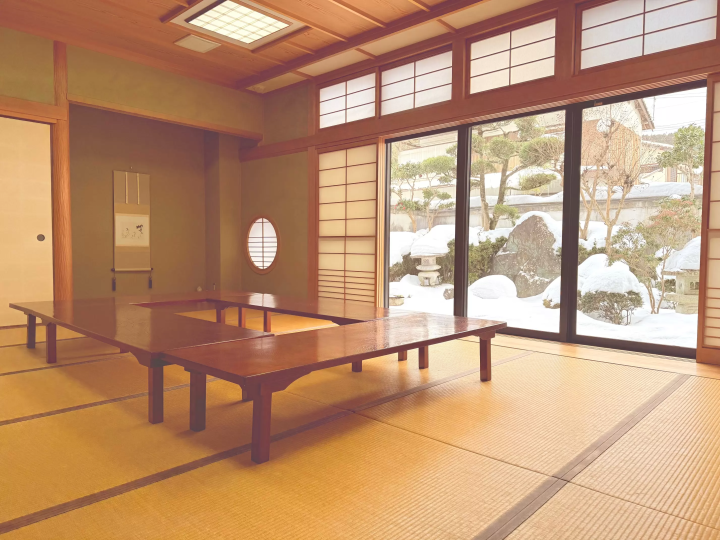
If you get tired of walking and want to take a short break, why not rent a Japanese-style room and relax? We also recommend opening the Yukimi Shoji screen and looking out at the courtyard.
Utilizing the public gallery and the second floor exhibition room
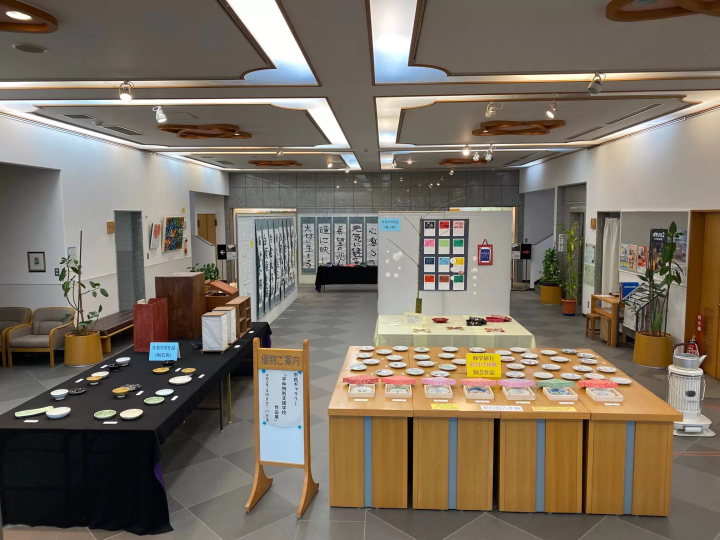
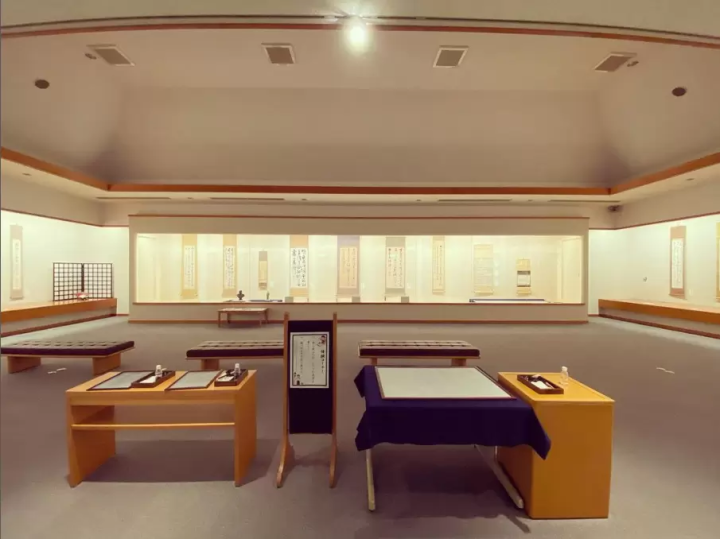
Why not present your work or collection at an exhibition or concert, either individually or as a group? The Civic Gallery and the exhibition room on the second floor in the building are available for rental.
*Staff will support you with your exhibit. Please feel free to contact us. There is a limited number of panels, display stands, wires, hooks, etc. available for free use.
Introduction of use cases, patchwork and other displays
summary

Why not visit the Uwa Sentetsu Memorial Museum, which introduces the great people who have contributed to this town, and experience the charm of the town even more? There is free parking and luggage storage services available. Please stop by when you are strolling around the town and surrounding facilities.
・Opening hours: 9:00-17:00
Closed: Mondays (open on public holidays and closed the following day), New Year's holidays (12/28 - 1/3)
・Fee: Free (charges apply if using rental space)
Location: 327 Unomachi 4-chome, Uwa-cho, Seiyo City (free parking: 20 spaces)
・Nearest station: JR Unomachi Station (7 minutes on foot), Uwajima Bus Unomachi Office (6 minutes on foot)
・Official website: https://seiyojikan.jp/spot/uwa-sentetsukinenkan/
*We will store your luggage, suitcases, etc. at the reception desk during opening hours.
[Extra] Kimono rental available at Bunka no Sato Rest Area
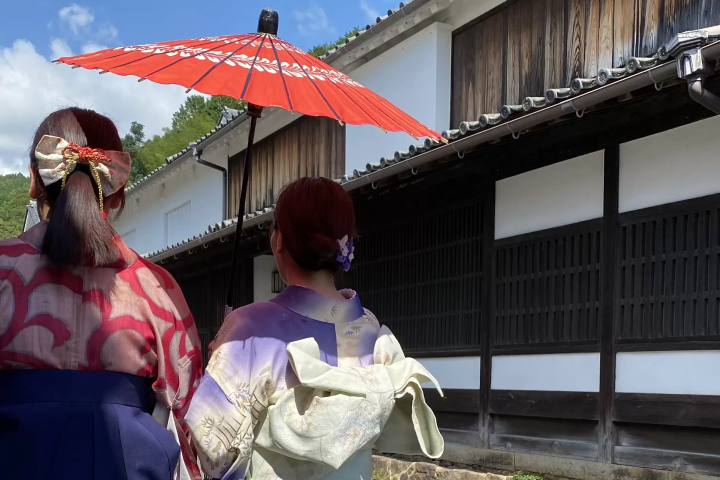
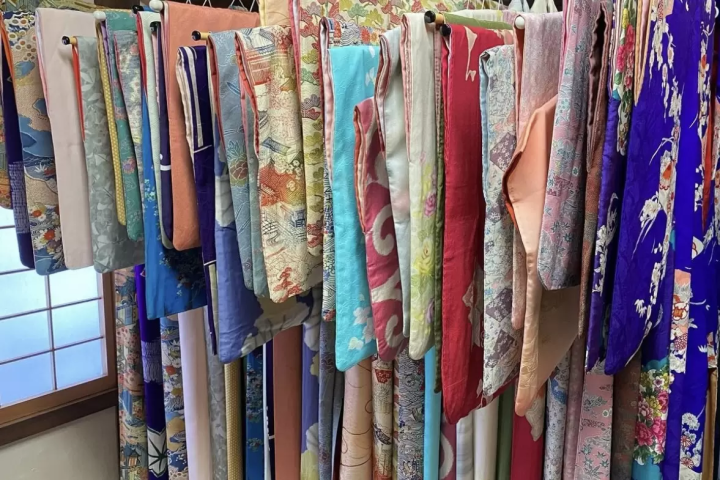
Why not change into a kimono or hakama at the Bunka no Sato Rest House, which is a one-minute walk from the Uwa Sentetsu Memorial Museum, and stroll around the town? There are plenty of photo spots. Kimonos for men are also available, so it's recommended for couples. Please contact the address below at least two weeks in advance.
Email address: seiyo-travel@seiyo-kankou.or.jp (Seiyo City Tourism and Products Association)
[Extra Character Edition] For those who want to know more
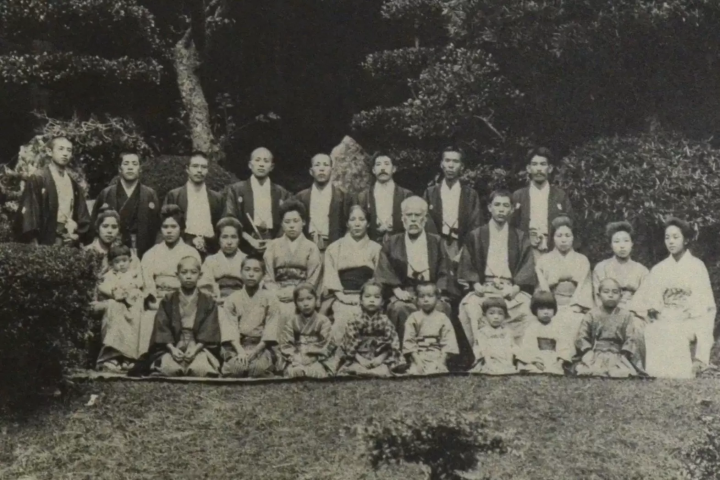
The characteristics of the local people, "Higashiuwajin," are described in "The Mountains, Rivers and People of Southern Iyo" as follows: "They do not show open emotions such as joy or anger, they do everything rationally and steadily, they dislike risky gambling, they are hardworking, sincere and patriotic, they do not want to hurt others but in return they do not want to be hurt themselves, and therefore they do not like conflict. Suemitsu Chiyotaro is a prime example of this type."
Chiyotaro Suemitsu (1893-1974) Businessperson and politician
Chiyotaro Suemitsu, the 17th head of the Suemitsu Family Residence, a cultural asset designated by Seiyo City, served as an auditor for Unomachi Bank, mayor of Uwa Town, and president of Iyo Bank. He was a businessman who placed the highest priority on serving the local community, such as by supporting the preservation of the Kaimei School and the townscape.
Akira Suemitsu (1881-1955) Educator, botanist, mountaineer, artist
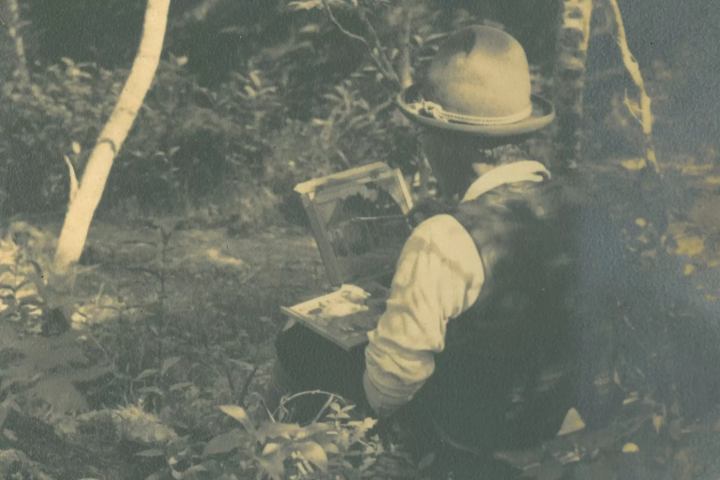
Suemitsu was friends with Nitobe Inazo, author of "Bushido," and writer Arishima Takeo, and was an educator who devoted himself to women's education. At the age of 27, he became the principal of Higashiuwa County Agricultural and Sericultural School (now Ehime Prefectural Uwa High School). In this photo, he is seen sketching during a mountaineering club camp when he was a professor at Meiji University. At Tokyo Imperial University (now the University of Tokyo), he contributed to the literary magazine "Poetica," a magazine for English Literature students, with the title "Sankosei," and a collection of Suemitsu's poems was also published.
Shirai Uzan (1864-1928), sculptor and Japanese painter
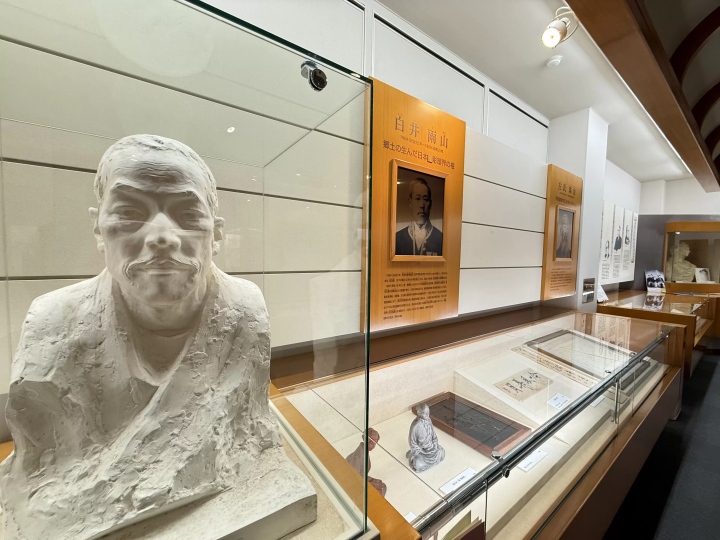
His real name was Yasujiro. Shirai Uzan went to Europe as the first Ministry of Education-sponsored student in the field of sculpture, studying modeling in France and Germany. He later established a department of sculpture at the Tokyo School of Fine Arts (now Tokyo University of the Arts). He worked hard to popularize a new form of plastic art called "choso," which combines "sculpture" and "plastic statues." Shirai Uzan also appears in Mori Ogai's essay "Ogura Nikki."
Furuya Brothers
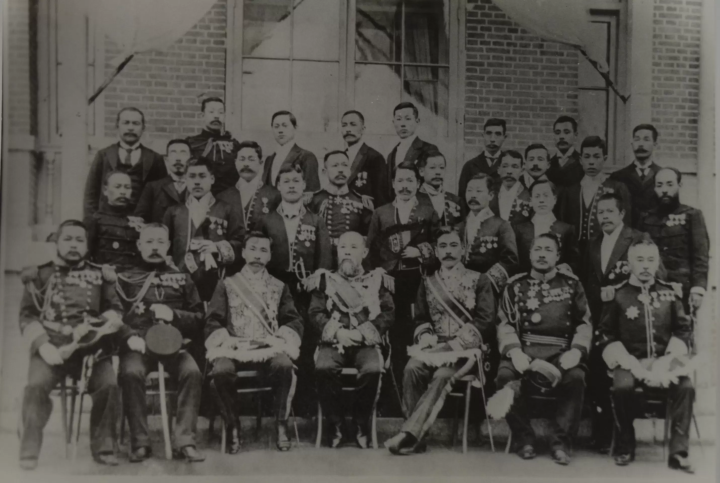
The elder of the Furuya brothers, Hisatsuna (1874-1919), served for many years as secretary to the first Prime Minister, Ito Hirobumi, and later served as a member of parliament. He was also active in donating dictionaries and other items to children at his alma mater. The younger brother, Shigetsuna (1876-1967), was a successful diplomat. After retiring, he settled in Brazil permanently and worked hard to promote friendship between Japan and Brazil, including the spread of education and culture and the establishment of hospitals. He focused on bananas, which were still unknown at the time, and opened and cultivated banana plantations, contributing to their export.
We create tourist brochures for the city, develop destination travel products, and carry out promotional activities. Fun, exciting things, and relaxing time. We work hard every day to promote the time that can only be experienced here at Seiyo, while also spreading the word about the products that this town is proud of. We hope that the wonderful things in this town will lead to richer times for everyone.
The contents on this page may partially contain automatic translation.



















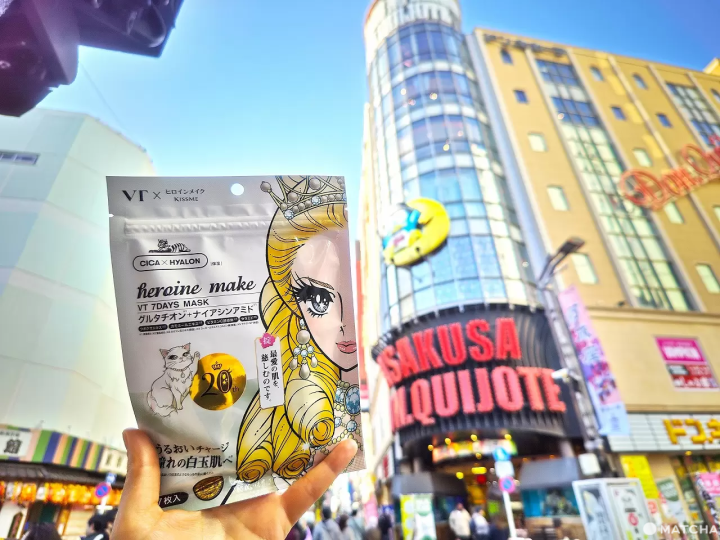
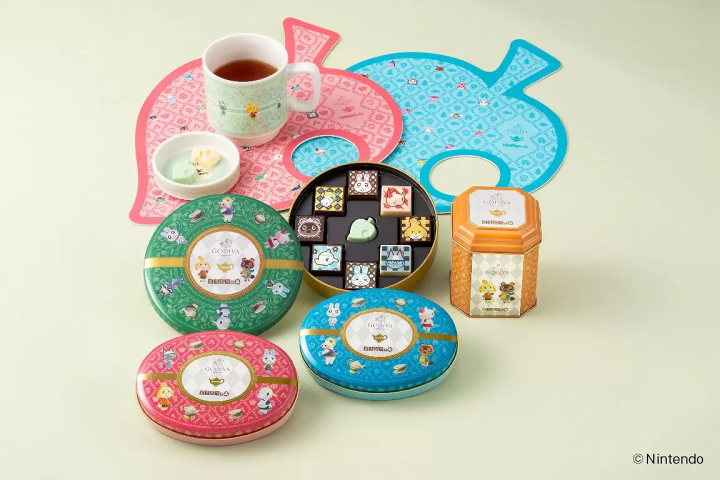
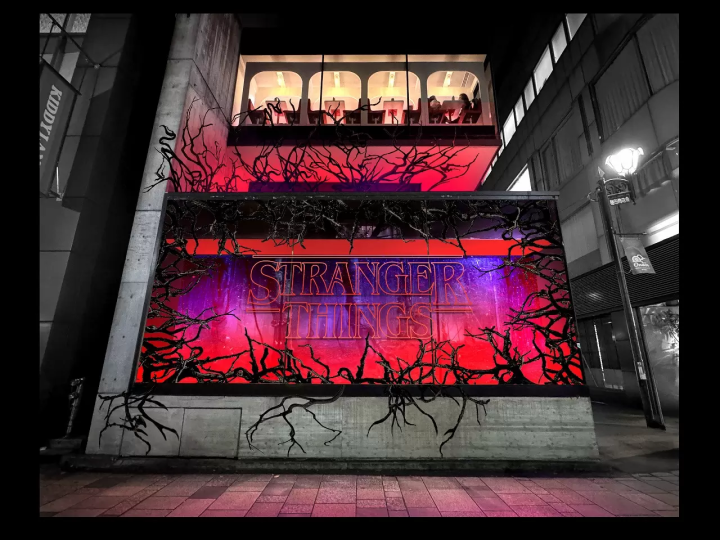
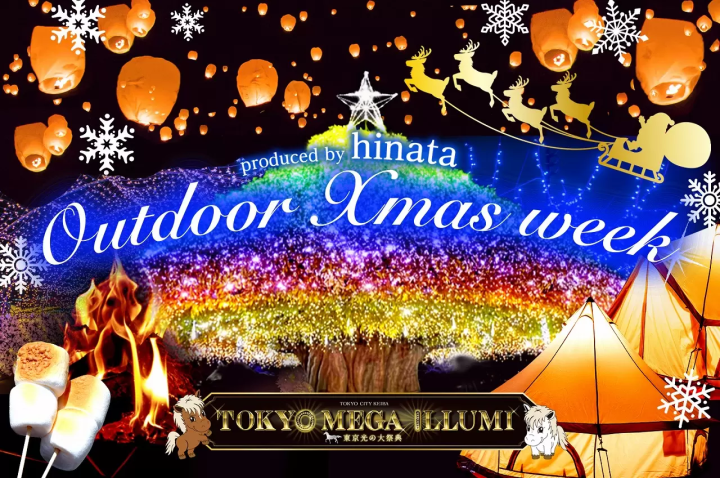
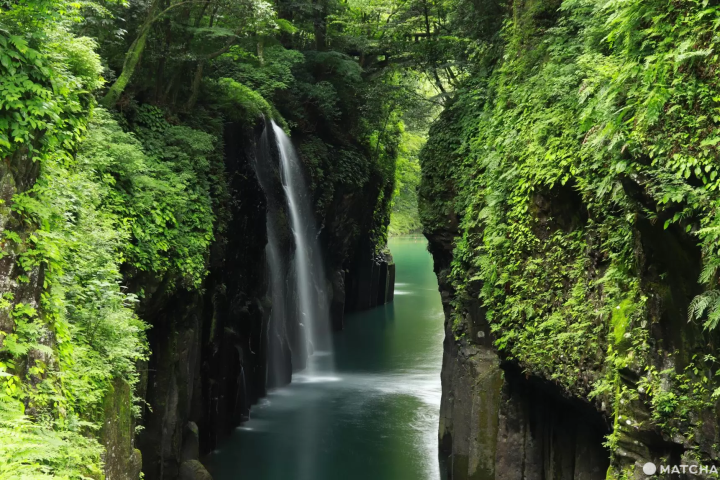




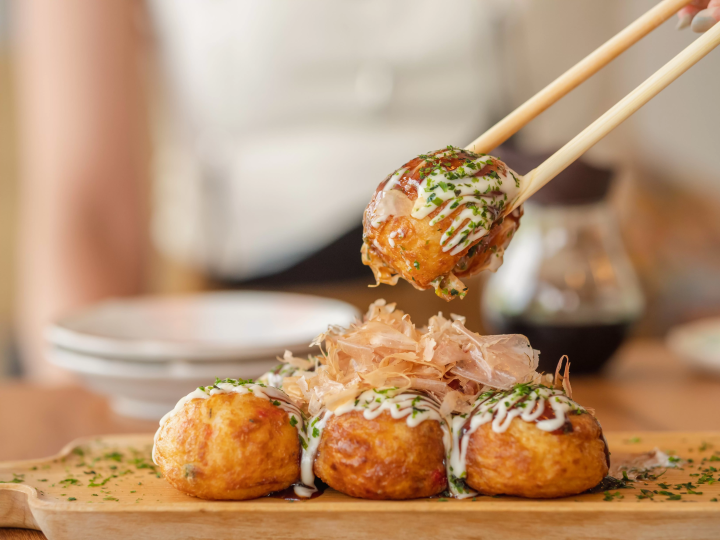
![[2026 Edition] FORMUAL 1 JAPANESE GRAND PRIX Information](https://resources.matcha-jp.com/resize/720x2000/2025/10/05-245984.webp)


![[2025 Update] Namba's spectacular illuminations! "Namba Hikari Tabi" with approximately 1 million shining lights](https://resources.matcha-jp.com/resize/720x2000/2025/12/12-252825.webp)